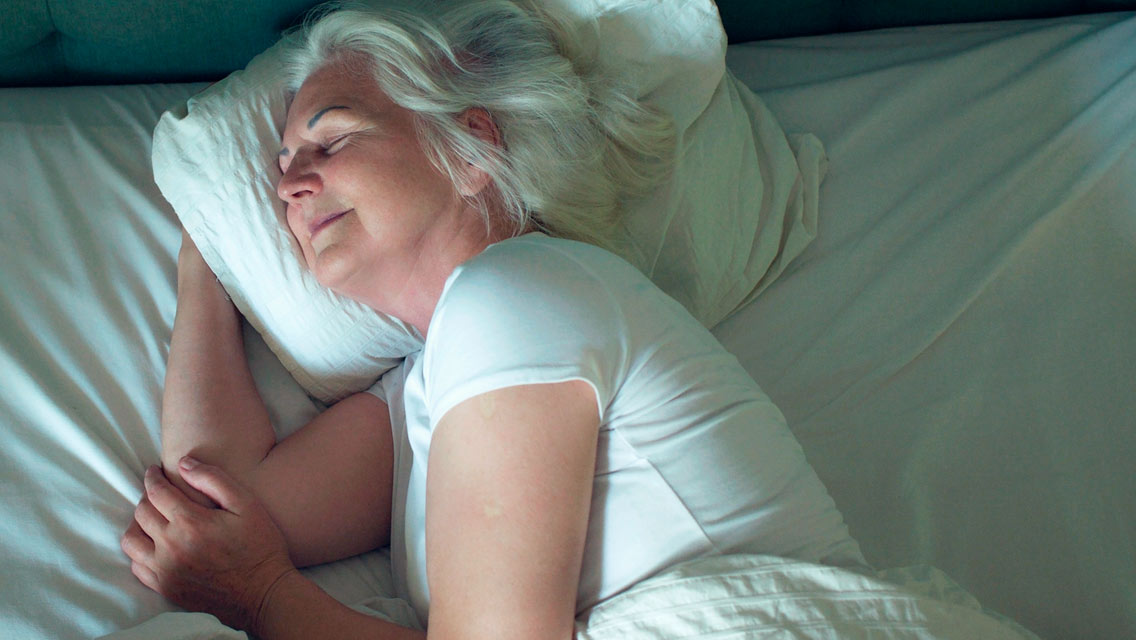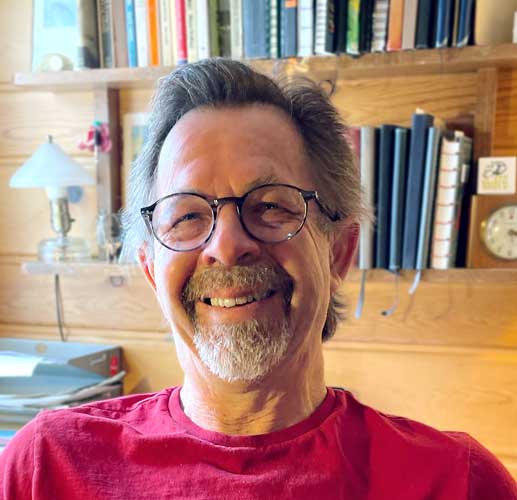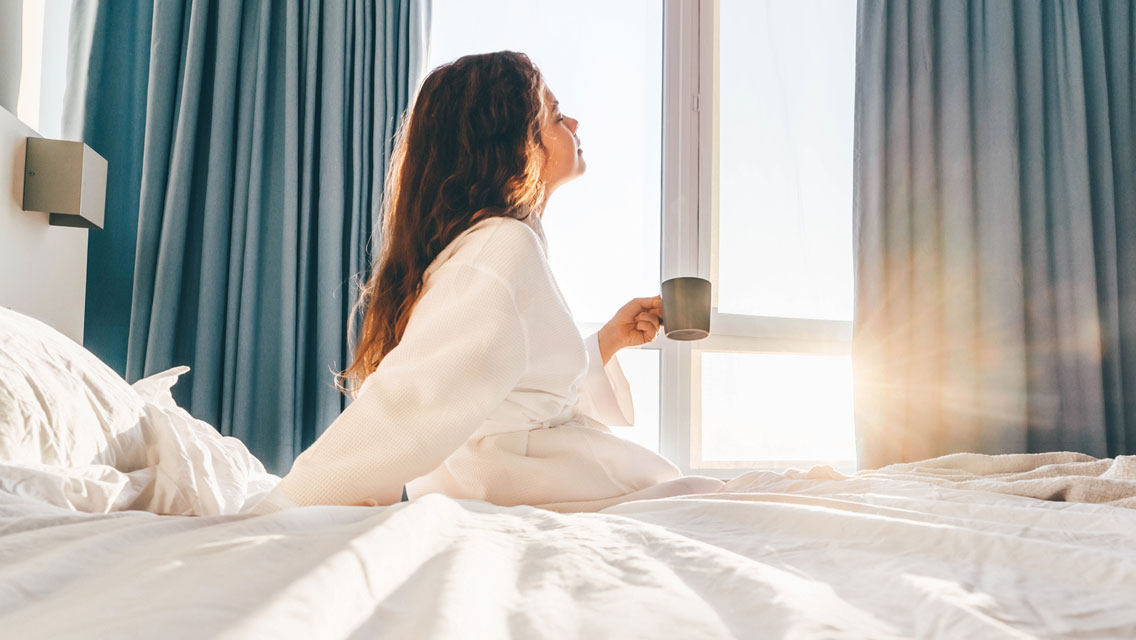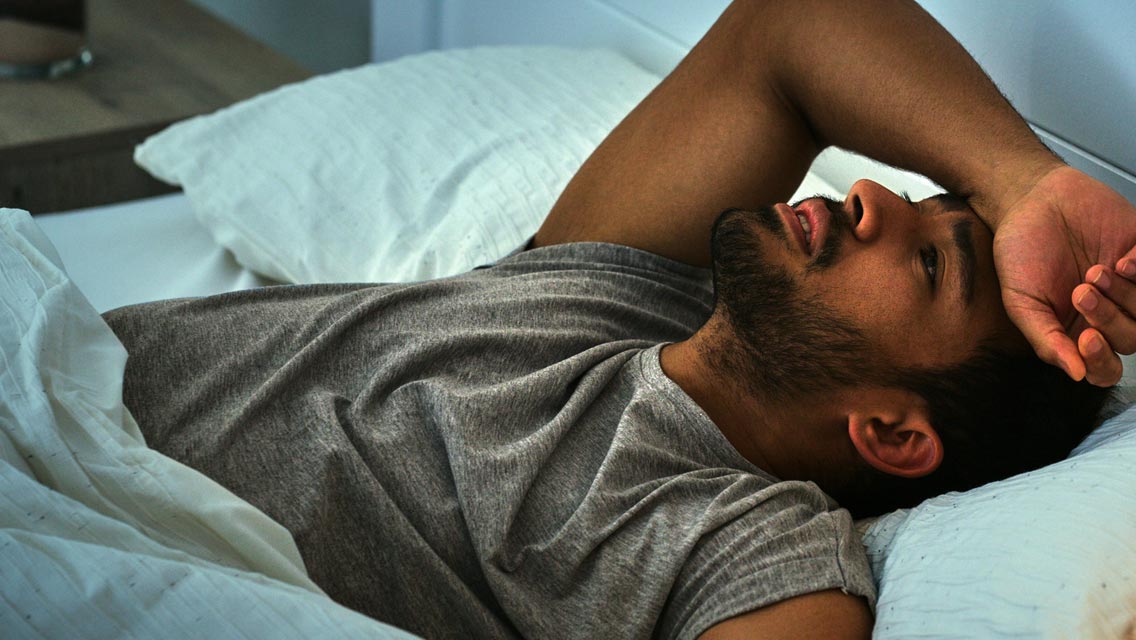Grandma Clausen was indefatigable. Raising three daughters on her own during the Great Depression, she worked multiple jobs, cooked all the meals, tended her gardens, and in her later years managed her own apartment building. She never learned to drive and was widely known as a legendary walker.
Her bones eventually slowed her down.
By the time she reached her mid-70s, she was bent and bowed, coping as best she could with what may have been an advancing case of osteoporosis — her bones weak and brittle, prone to fractures. It’s a condition that afflicts some 10 million older Americans today, and experts have long pointed to hormonal issues, diet, and a sedentary lifestyle as its primary causes. But recent research suggests another culprit: too little sleep.
Christine Swanson, MD, MCR, an associate professor at the University of Colorado School of Medicine’s Division of Endocrinology, Metabolism, and Diabetes, has spent the last several years trying to draw our short attention spans to the role sleep may play in regulating bone density. Discussing her work last month at the university’s annual research day, Swanson emphasized how an osteoporosis diagnosis can often come out of nowhere.
“Osteoporosis can occur for many reasons, such as hormonal changes, aging, and lifestyle factors,” she noted. “But some patients I see don’t have an explanation for their osteoporosis. Therefore, it’s important to look for novel risk factors and consider what else changes across the lifespan like bone does — sleep is one of those.”
It’s important to look for novel risk factors and consider what else changes across the lifespan like bone does — sleep is one of those.”
Our bone mineral density reaches its peak in our 20s and then remains relatively stable into our 40s, when it begins to decline — especially in women entering menopause, she explains. Our sleep patterns similarly evolve over time: We tend to find it harder to get to sleep as we age, and we don’t get the deep, restorative sleep we enjoyed in our youth. Overall, our total sleep time dwindles. Circadian phase preference — when we choose to hit the hay and decide to rise and shine — also changes over the years.
The effects of these changes on bone density can be measured, Swanson explains, because our bones contain the genes that control the body’s internal clock. And these genes produce certain biomarkers in the blood that allow researchers to measure how much bone loss or formation is occurring. This process follows a daily rhythm that is more pronounced when the bones are breaking down than when they are forming — a key indicator for her research.
“This rhythmicity is likely important for normal bone metabolism and suggests that sleep and circadian disturbance could directly affect bone health,” she notes.
To test her theory, Swanson and her team designed two recent studies: one in 2017 that included 10 men and another three years later that included nine women. In each case, participants lived for three weeks in a controlled, clockless environment in which they were limited to fewer than six hours of sleep during an artificially imposed 28-hour schedule. The studies were designed to stimulate the stresses produced during rotating night-shift work. It was “roughly equivalent to flying four time zones west every day for three weeks,” Swanson notes. “The protocol also caused participants to get less sleep.”
After comparing biomarkers of bone loss from the beginning and end of the studies, researchers found that each group had suffered significant losses of bone density as a result of the sleep and circadian disruptions. And the younger members of each group suffered larger losses than their older counterparts.
“Sex and age may play an important role,” Swanson says, “with younger women potentially being the most susceptible to the detrimental impact of poor sleep on bone health.”
The specific mechanism that produces these results remains a bit of a mystery, but in a 2021 review, Swanson cites a number of studies suggesting that sleep disruption affects the clock genes in bone cells, which affects metabolic performance, which affects the body’s ability to produce enough new bone cells to replace those that naturally die off.
I have no idea how well Grandma Clausen slept, but it’s not too difficult to imagine a surplus of sleepless nights while raising three kids on her own. Whether that was the cause of her stooped figure or whether some other cellular malfunction was to blame, we’ll never know. And even if she had a clue, I suspect she wouldn’t have let on. There was always more work to do.




